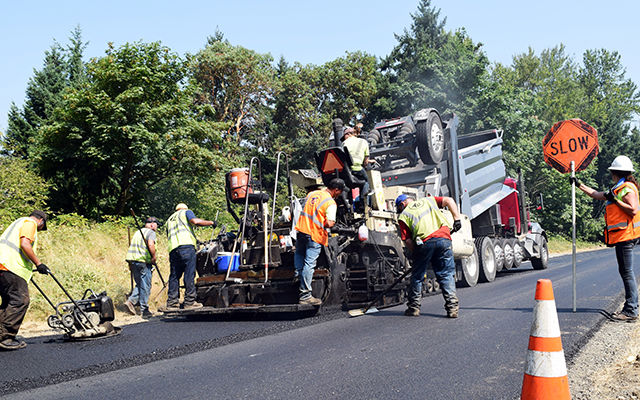When you have a message to share whether it is for an event, promotion, business launch, or a cause close to your heart presenting it in a way that grabs attention is essential. This is where the power of a stunning flyer comes in. A flyer is not just a piece of paper or a digital image; it is a visual expression of your message, and it deserves to be created with intention, clarity, and an unforgettable splash of rich color. The moment someone glances at your flyer, they should be drawn in not just to read, but to feel the energy of what you are sharing. In a world overflowing with information and advertising, a flyer must be more than informative it must be magnetic. Rich colors play a vital role in creating that magnetic pull. Vivid tones like deep blues, radiant reds, golden yellows, or vibrant greens stir emotions and create atmosphere. They set the tone of your message, whether you want it to feel bold and exciting, calm and trustworthy, or creative and unique. A well-chosen color palette does not just beautify a flyer it supports the story you are telling. When used with purpose, color highlights key messages, guides the reader’s eyes, and elevates your design from average to unforgettable. It is the difference between someone glancing and moving on or stopping to absorb what your flyer has to say.
But color alone is not enough clarity is equally crucial. Your message deserves to be understood, not just seen. The design should guide the viewer effortlessly through the flyer, with text that is legible, well-organized, and free from clutter. Use bold headlines to state the purpose immediately. Support them with concise, compelling body text that speaks directly to your audience. Avoid overloading the flyer with too much information; instead, focus on the essentials. What do you want people to know? What do you want them to do next? A clear call to action whether it is to attend an event, make a purchase, scan a QR code, or visit a website should always be easy to find and act upon. Great flyers also balance images and text to create visual harmony. High-resolution photos, custom illustrations, or stylish graphics can add energy and meaning to Flyer erstellen lassen Preise, making it even more engaging. Every visual element should feel intentional and support the overall message. Poor image quality or mismatched visuals can confuse the viewer and undermine your message.
Instead, go for imagery that sparks curiosity or conveys emotion at a glance. The printing or digital quality matters too. A flyer that is printed with dull ink, faded colors, or smudged fonts can make even the best design look unprofessional. Similarly, digital flyers shared on social media or through email need to be optimized for screen clarity and mobile devices. Smooth edges, sharp contrast, and appropriate dimensions make your flyer easy to read and pleasant to look at, no matter where it is viewed. In the end, your message deserves a flyer that does not just deliver information it leaves an impression. It deserves a flyer that reflects the thought and care you have put into your idea, your business, your event, or your cause. When you combine rich colors, sharp clarity, and powerful design, you create a flyer that people do not just see they remember. Whether printed or digital, a flyer done right becomes more than promotion it becomes a conversation starter, a call to action, and a lasting part of your message’s journey.





